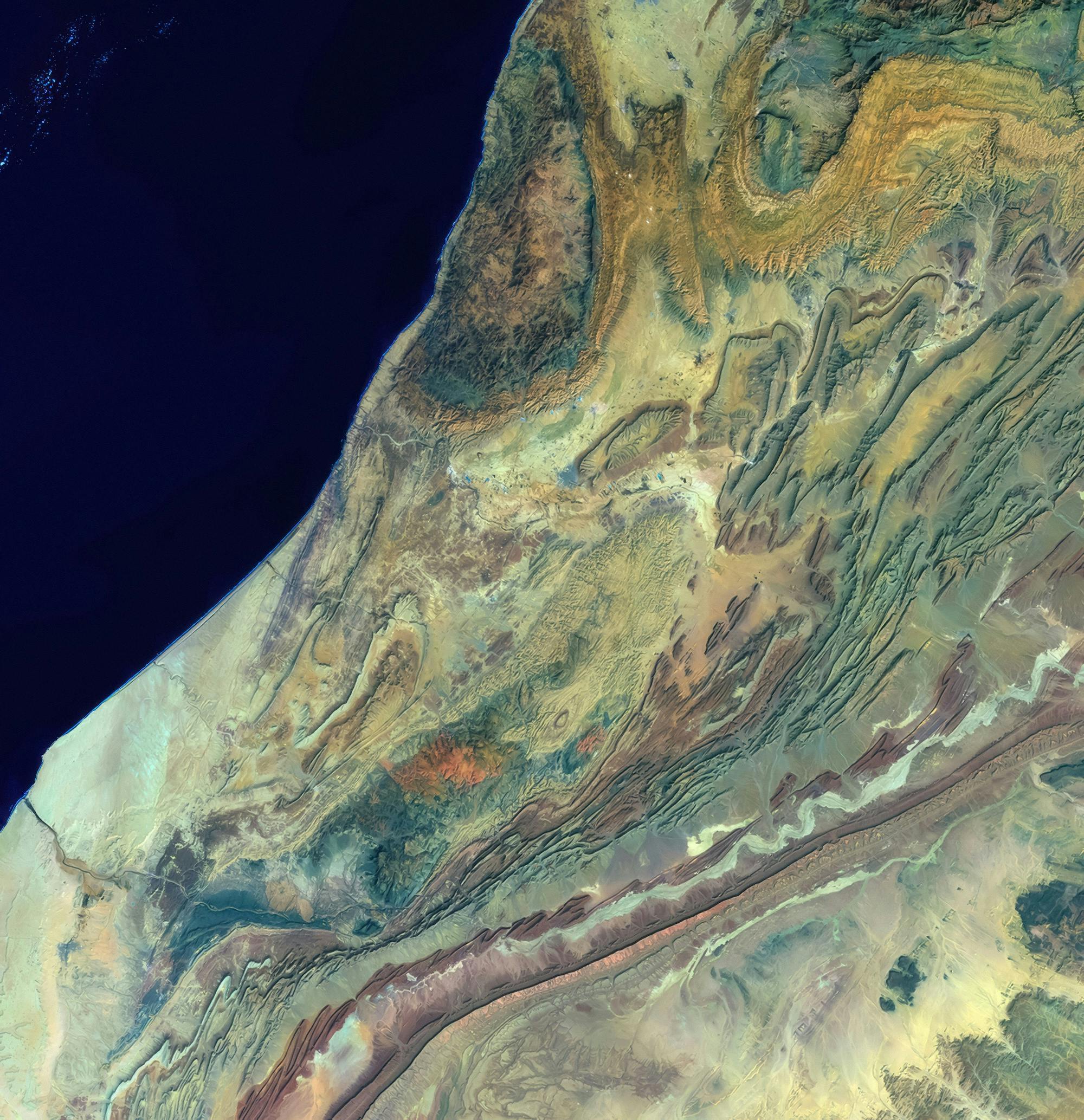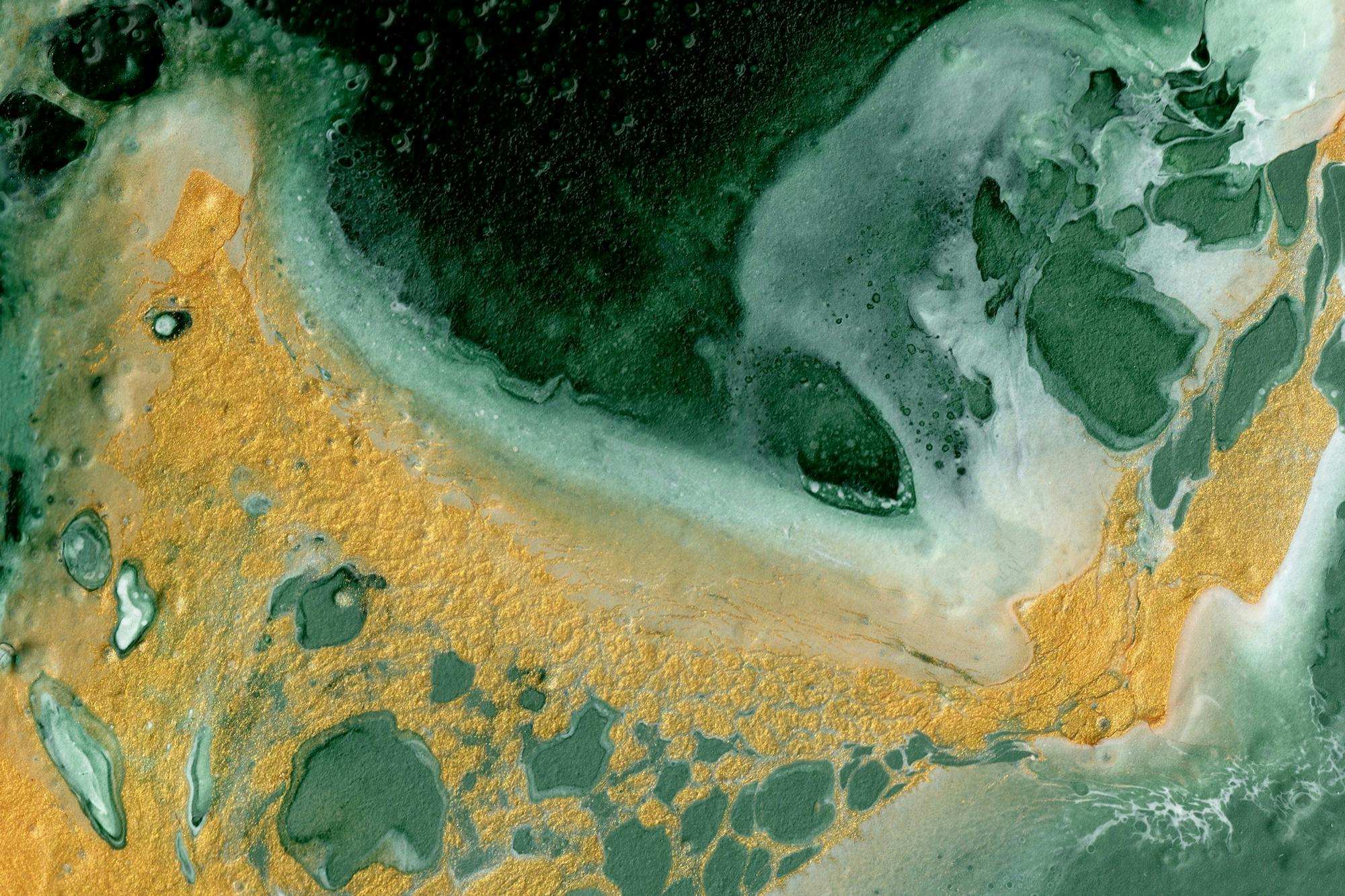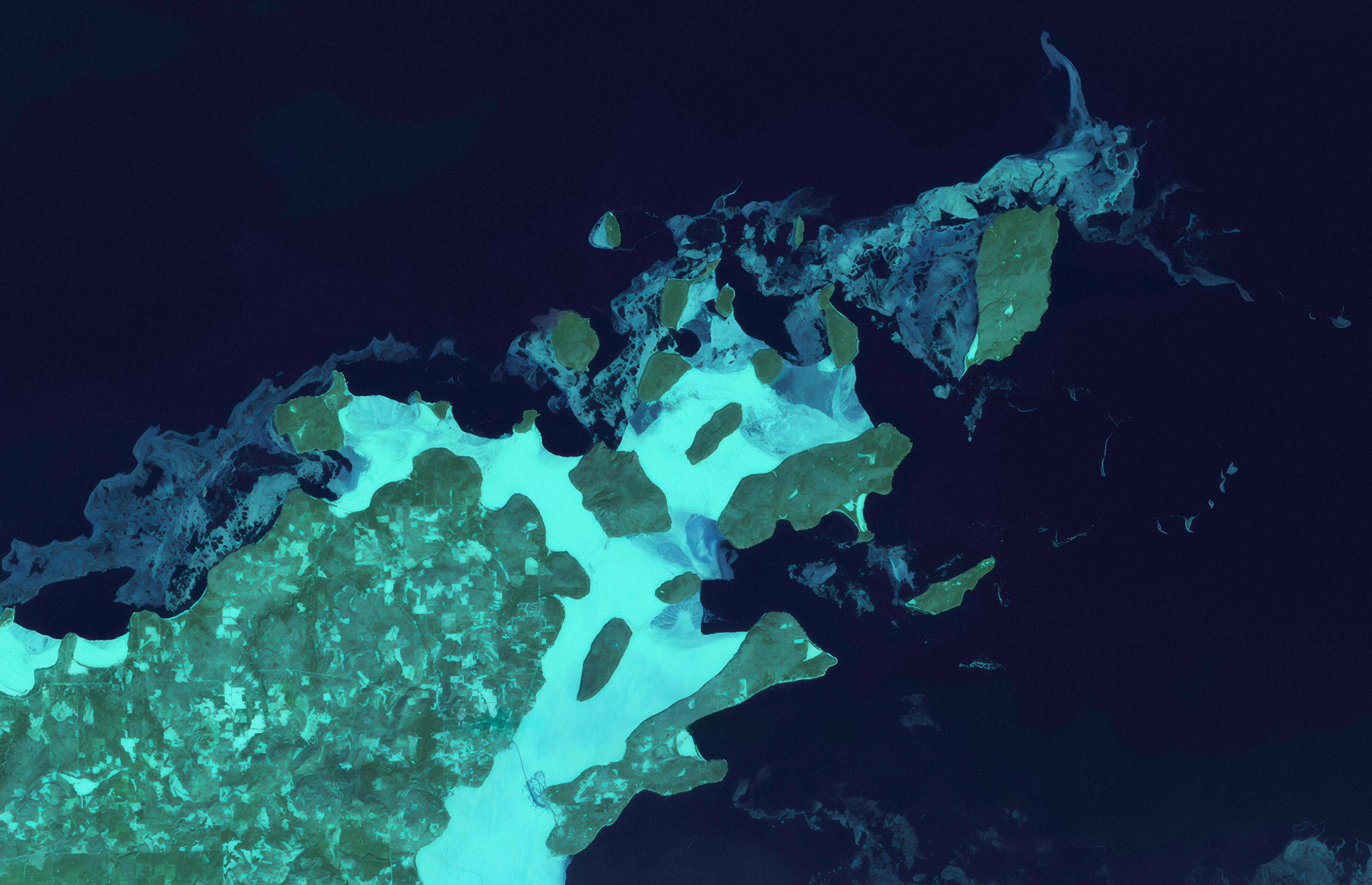
Safeguarding Creativity: Overcoming AI Anxiety and Preserving Artistic Identity

As AI continues to revolutionize the creative landscape, many artists and professional creatives are left wondering: Will their work be replaced by machines? How do they maintain their artistic identity? The fear of being replaced by algorithms is a recurrent concern, but it’s crucial not to let it stifle new or existing creative endeavors. Instead of viewing AI as a threat, artists can approach it as a tool to enhance, rather than replace, their individuality. In this post, we’ll explore 5 ways to help artists navigate AI anxiety and preserve their artistic identity.
Anxiety Epidemic
AI has made significant strides in creative fields like music, art, and literature, offering creators fast, scalable ways to produce content. As a result, generative AI tools have become increasingly popular among creatives. However, this reliance on technology has sparked a wave of anxiety among artists, worried that these tools may one day overshadow the human touch that sets their work apart.
Threats to Artistic Identity
Homogenization: As generative AI tools gain popularity, there’s an increasing risk of homogenization due to the tendency of major AI models to produce hyper-realistic, highly aestheticized results. These AI models are often trained on vast datasets of visually appealing content, leading them to favor polished, “idealized” styles in their outputs. This can lead to a narrowing of creative diversity, as artists using these tools may find themselves gravitating toward similar, AI-recommended aesthetics.
Loss of originality and authenticity: The ability of generative AI to produce vast quantities of art in the style of renowned creators raises significant questions about authenticity and the concept of originality. Where once a style was a hallmark of an artist’s individual journey, preferences, and experiences, AI can now recreate that signature look in seconds. As a result, it can become increasingly challenging for audiences to differentiate between truly original work and AI-assisted imitations.
Organic versus synthetic media: AI-generated art that closely mirrors human-created pieces makes it essential to distinguish between organic (i.e. human-created) media and synthetic (i.e. AI-generated) media. Without clear boundaries or markers, audiences may be misled about the origins of a piece, impacting trust in creative industries and making it challenging to preserve the value and meaning attached to human-generated art. This, in turn, risks devaluing the creative process, reducing art to a series of replicable formulas rather than unique acts of self-expression.
5 Tips to preserve originality and artistic identity — with or without AI
1. Embrace imperfection: One of the most unique aspects of human art is its imperfections. These quirks, whether deliberate or accidental, give art its character and soul. AI may create clean, precise outputs, but it can’t replicate the subtleties and irregularities that make human creations truly unique. Lean into your mistakes and embrace them as part of your style.
2. Curiosity and experimentation: Treat AI as a tool to expand your creative toolkit rather than something that defines your style. Use it to experiment with techniques, compositions, or ideas that you wouldn’t normally explore. Maintain a curious mindset, allowing your creativity to evolve by trying new methods, both with and without AI.
4. Authentic storytelling: AI can mimic patterns, but it lacks the ability to draw from real-life experiences and emotions. Focus on creating art that tells a story or communicates a deeply personal message. Authenticity is a powerful differentiator; let your unique perspective and emotions drive your work.
6. Artistic purpose: An artist’s purpose is just as important as an artist’s creative output. Define what drives your creativity — whether it’s a desire to convey a message, spark dialogue, or evoke a specific feeling. When you stay true to your core purpose, you bring a unique focus to your art, making it less likely to be overshadowed by AI’s influence. Knowing your “why” ensures your work remains distinct.
5. Human-centered collaboration: Partnering with other artists can add new dimensions to your work and bring fresh perspectives. Collaboration fosters growth, challenges your creative instincts, and helps reinforce your own voice. It also emphasizes the irreplaceable, human element of art that AI cannot replicate: connection and shared vision.
Image created using Pol Barbero’s Ink Alias
Conclusion
Artists should not let AI anxiety stifle their creativity or compromise their artistic identity. Indeed, if machines can easily replicate the style of an artist, they cannot replace the human experience — the emotional depth, empathy, and creativity that make us uniquely human. Hence, instead of being afraid of being replaced by AI, artists should use generative AI as a tool to augment and enhance their artistic expression. By embracing imperfection, experimenting with new mediums, staying curious, and focusing on authentic storytelling, artists can not only safeguard their unique voice, but also stay true to their identities, incorporating AI when it adds value while preserving what makes their art uniquely human.



